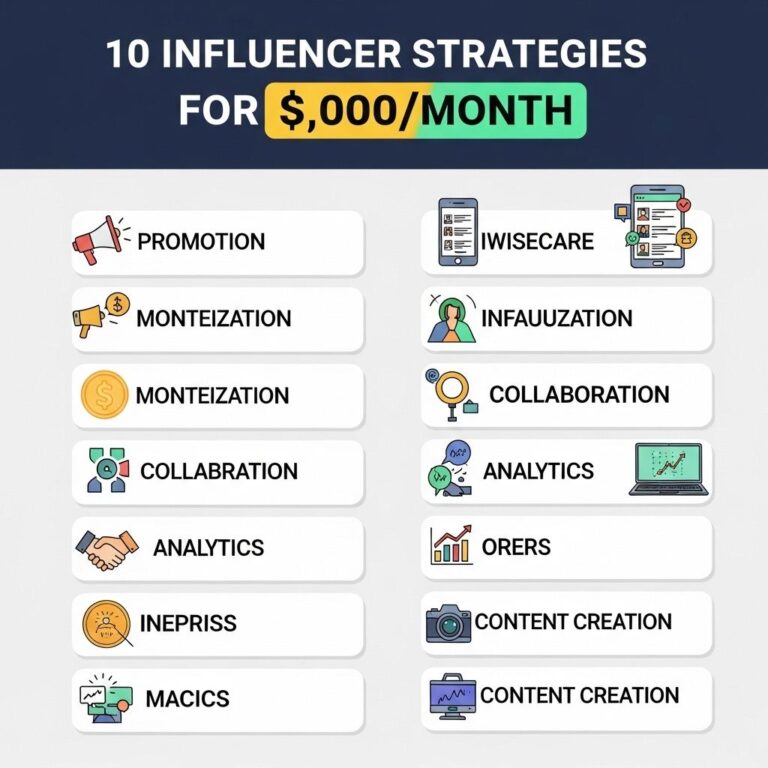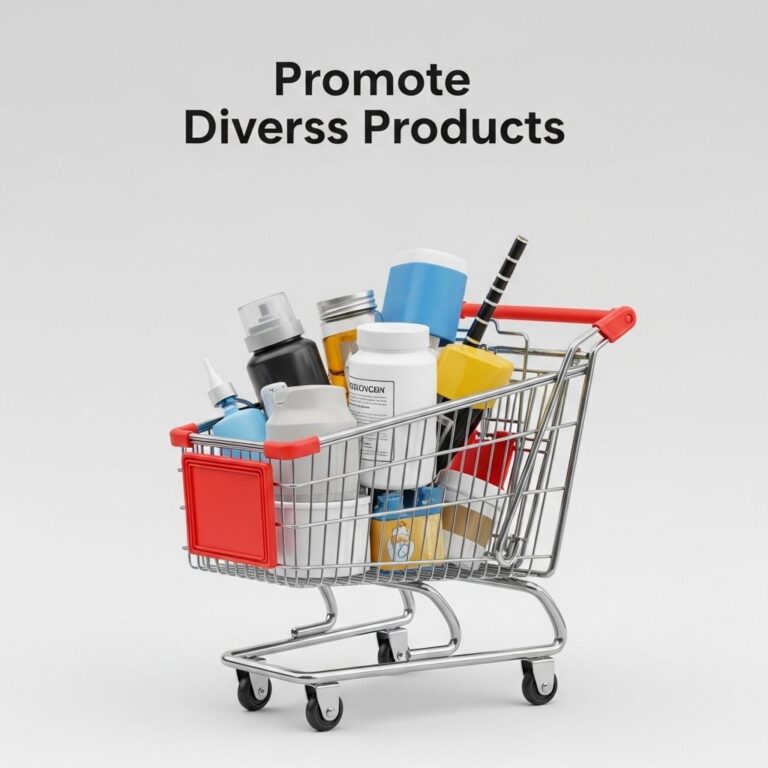In a world saturated with brands vying for consumer attention, understanding the psychological impact of color can be a game changer. Color is not merely a decorative element; it plays a significant role in influencing perceptions, emotions, and ultimately, purchasing decisions. This article delves into how color psychology can elevate your branding strategy and enhance consumer engagement.
Table of Contents
The Basics of Color Psychology
Color psychology is the study of how colors affect human behavior and emotions. Different colors can evoke different feelings and associations, making them powerful tools in branding and marketing. Here’s a brief overview of common colors and their psychological impacts:
| Color | Psychological Effect | Brand Examples |
|---|---|---|
| Red | Excitement, passion, danger | Coca-Cola, Netflix |
| Blue | Trust, calm, professionalism | Facebook, IBM |
| Green | Health, tranquility, nature | Starbucks, Whole Foods |
| Yellow | Optimism, clarity, warmth | Ikea, McDonald’s |
| Purple | Luxury, creativity, spirituality | Yahoo, T Mobile |
Choosing the Right Color for Your Brand
Selecting the appropriate color for your brand involves more than personal preference. It requires an understanding of your target audience and the emotions you wish to evoke. Here are several factors to consider:
1. Understand Your Audience
Demographics such as age, gender, and cultural background can influence color perception. For instance, younger audiences might respond better to vibrant, energetic colors, while older demographics may prefer muted tones. Conducting market research can provide valuable insights.
2. Define Your Brand Identity
Your brand’s mission, values, and personality should inform your color choices. Consider the following questions:
- What emotions do you want your brand to evoke?
- What message do you want to communicate?
- How do you want customers to perceive your brand?
3. Analyze Competitors
Understanding the color schemes used by competitors can help you identify gaps in the market. You can either align with industry standards or choose a unique approach to stand out. Consider creating a mood board that visually represents your brand’s desired aesthetics.
The Impact of Color on Branding
Colors significantly influence consumer behavior. Various studies have demonstrated that:
- About 85% of consumers make purchasing decisions based on color.
- Color increases brand recognition by up to 80%.
- People often take only 90 seconds to form an opinion about a product, and color can be a major factor in that decision.
Building Brand Recognition
A well-chosen color palette contributes to brand consistency, which builds trust and recognition. When consumers see consistent colors across different platforms—packaging, websites, and advertisements—they are more likely to remember the brand. Here’s how to maintain consistency:
- Create a style guide that includes hex codes and guidelines for using colors.
- Ensure all marketing materials adhere to this guide.
- Regularly audit your branding for color consistency.
Creating Emotion and Connection
Colors can evoke specific emotions that resonate with consumers. For instance, blue is often associated with trust and reliability, making it ideal for financial services. Red, on the other hand, can create urgency, which is why it’s frequently used in clearance sales. Utilizing color strategically can deepen emotional connections with your audience.
Case Studies: Successful Brand Color Strategies
To illustrate the effectiveness of color psychology, let’s examine a few well-known brands and their color choices:
1. Coca-Cola
The iconic red color of Coca-Cola is instantly recognizable and evokes feelings of excitement and passion. The brand has successfully maintained this color scheme across all marketing channels, reinforcing recognition and connection.
2. Apple
Apple’s minimalist approach primarily uses white and silver tones to convey sophistication and simplicity. This color choice reflects the brand’s identity as a premium product while also highlighting its technological prowess.
3. Starbucks
Starbucks utilizes green to represent growth, health, and sustainability. This color choice aids in building an emotional connection with consumers who value environmental considerations, effectively communicating their brand values.
Challenges and Considerations
While color psychology is a powerful tool, it’s essential to approach it thoughtfully. Here are some challenges to keep in mind:
1. Cultural Variations
Colors can have different meanings across cultures. For instance, while white signifies purity in Western cultures, it may represent mourning in some Eastern cultures. Researching your target market is vital to avoid misinterpretations.
2. Color Blindness
A significant portion of the population experiences color blindness. It’s important to ensure that color choices do not alienate this demographic. Consider using patterns or textures in addition to color to convey messages.
3. Trends and Changes
Color trends can change over time, influenced by cultural, social, and market dynamics. While staying relevant is important, ensure that any changes to your color scheme still align with your brand identity.
Conclusion
Color psychology is a vital component of effective branding and marketing strategies. By understanding the emotional responses that different colors evoke, brands can create a strong identity that resonates with their audience. Whether you are launching a new brand or refreshing an existing one, leveraging color psychology can lead to improved brand recognition, enhanced consumer engagement, and ultimately, increased sales. Remember, the right color not only captures attention but also holds the potential to connect consumers to your brand on a deeper level.
FAQ
What is color psychology and how does it affect branding?
Color psychology is the study of how colors influence perceptions and behaviors. In branding, colors can evoke emotions and associations that help shape consumer attitudes towards a brand.
Which colors are most effective for branding?
Different colors evoke different feelings; for example, blue is often associated with trust and reliability, while red can evoke excitement and urgency. Choosing the right color depends on the brand’s personality and target audience.
How can I choose the right color for my brand?
Consider your brand values, target audience, and the emotions you want to evoke. Conducting market research and testing color options with your audience can also help in making an informed decision.
Can color choices impact consumer buying decisions?
Yes, studies show that color can significantly impact consumer perception and purchasing behavior. The right color can draw attention, convey messages, and even stimulate a desire to buy.
Is it important to be consistent with color usage in branding?
Absolutely. Consistency in color usage across all branding materials helps create a cohesive brand identity and enhances brand recognition among consumers.
Are there cultural differences in color perception?
Yes, color meanings can vary widely across cultures. It’s essential to consider cultural interpretations of colors when branding for a global audience to avoid miscommunication.









